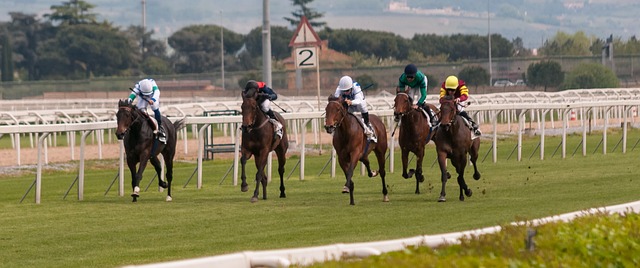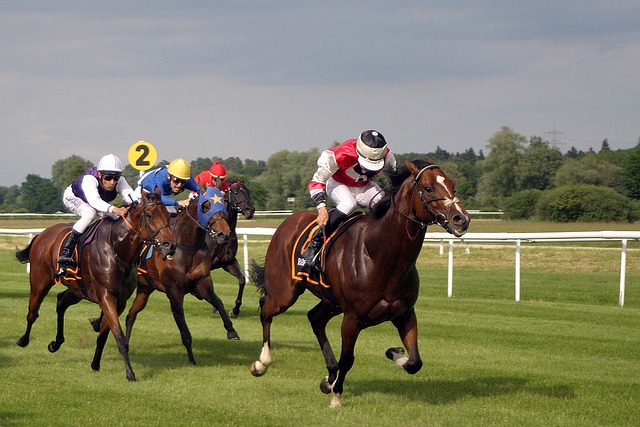In recent years, Jack Berry, 86, is probably best known for his indefatigable fundraising work in aid of the Injured Jockeys’ Fund, of which he is Vice President. Indeed, Berry was co-founder of the specialist independent charity, which provides financial and medical support to jockeys, past and present, way back in 1964. At that stage, he was, himself, an oft-injured journeyman National Hunt jockey but, following his retirement from the saddle in 1969, later established Moss Side Stables in Cockerham, near Morecambe, Lancashire, where he would make his name as a trainer.
Instantly recognisable on the racecourse in his customary red shirt, Berry regularly saddled 100 winners a season in the nineties, including five years in a row between 1990 and 1994 and, according to the ‘Racing Post’, achieved his highest seasonal tally, 140, in 1991. Nevertheless, after achieving his fifth consecutive century, Berry told the ‘Independent’, ‘I’m not particularly bothered about beating my best. If I can keep knocking in 100 every year, I’ll be happy. It takes a bit of doing and there are always a few heartaches and traumas along the way.’
Berry developed a reputation as a trainer of speedy two-year-olds and older sprinters. Among his stable stars down the years were So Careful, who won the Ayr Gold Cup in 1988, Paris House, who won the Flying Childers Stakes in 1991 and the Temple Stakes in 1993 and Mind Games, who won back-to-back renewals of the Temple Stakes in 1995 and 1996. He was awarded an MBE in the Birthday Honours List and, since his retirement from the training ranks at the end of the 1999 Flat season, has continued to pioneer for the Injured Jockeys’ Fund. In fact, the construction of two of the three rehabilitation and fitness centres currently run by the Fund, namely Oaksey House in Lambourn an Jack Berry House in Malton, was largely due to his foresight.
 Saffron ‘Saffie’ Osborne is, of course, the daughter of National Hunt jockey-turned-trainer Jamie Osborne and, in recent seasons, has found fame as the ‘Queen of the Racing League’. On September 15, 2022, she rode a 6,539/1 treble in the final round of the six-week series, sponsored by William Hill, to win the £20,000 leading jockey award. At that point, she said, ‘I’d never even ridden a treble before, so to get a £20,000 bonus on top of it is quite nice.’
Saffron ‘Saffie’ Osborne is, of course, the daughter of National Hunt jockey-turned-trainer Jamie Osborne and, in recent seasons, has found fame as the ‘Queen of the Racing League’. On September 15, 2022, she rode a 6,539/1 treble in the final round of the six-week series, sponsored by William Hill, to win the £20,000 leading jockey award. At that point, she said, ‘I’d never even ridden a treble before, so to get a £20,000 bonus on top of it is quite nice.’ Of course, the Flat Jockeys’ Championship is decided on the total number of winners ridden, not the total amount of prize money accrued, during the ‘season’. Until 2015, winners ridden during the whole of the traditional Flat racing season on turf, between late March or early April and early November, counted towards the jockeys’ title, regardless of whether they were achieved on turf or all-weather surfaces. However, increasingly worried by the punishing schedule faced by Flat jockeys, particularly those in pursuit of the title, the British Horseracing Authority (BHA) effectively shortened the season by approximately eight weeks.
Of course, the Flat Jockeys’ Championship is decided on the total number of winners ridden, not the total amount of prize money accrued, during the ‘season’. Until 2015, winners ridden during the whole of the traditional Flat racing season on turf, between late March or early April and early November, counted towards the jockeys’ title, regardless of whether they were achieved on turf or all-weather surfaces. However, increasingly worried by the punishing schedule faced by Flat jockeys, particularly those in pursuit of the title, the British Horseracing Authority (BHA) effectively shortened the season by approximately eight weeks. Who hasn’t heard of Frankie Dettori? Probably one of the most popular race riders ever to have ridden a horse in the UK.
Who hasn’t heard of Frankie Dettori? Probably one of the most popular race riders ever to have ridden a horse in the UK.